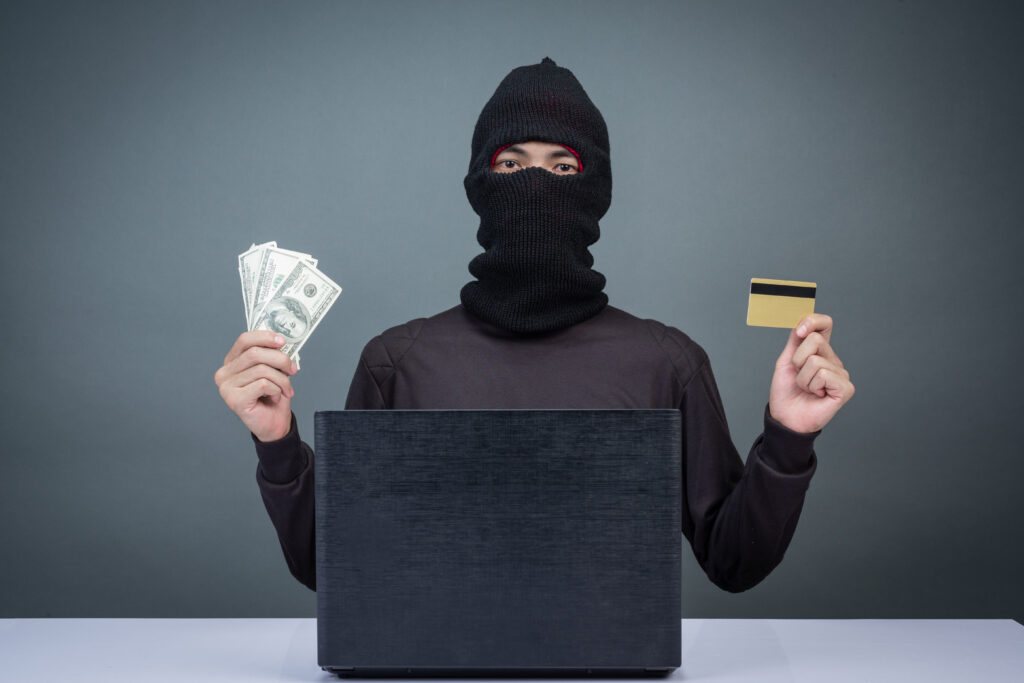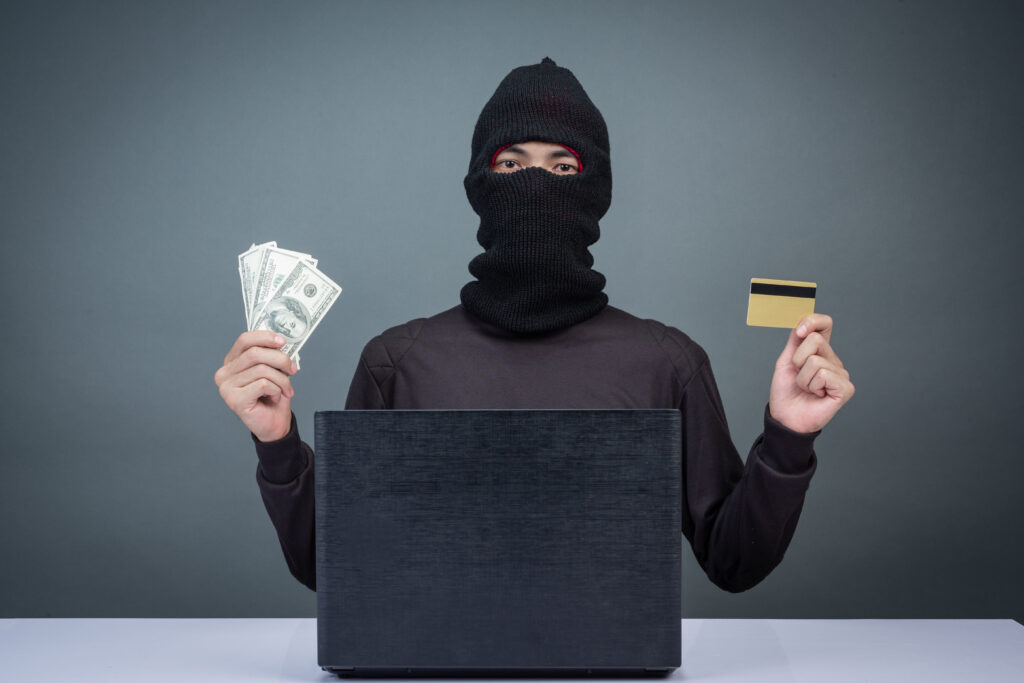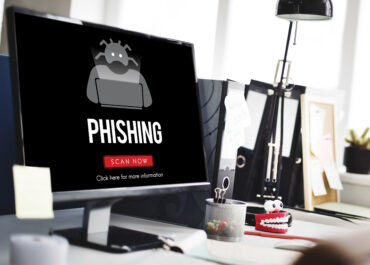Phishing is one of the most widespread forms of cybercrime and one of the easiest to fall for. It usually refers to fraudulent email messages called spoofing — that trick the recipient into giving out sensitive information, like passwords or credit card numbers or bank information. These scams usually seem to originate from sources, such as banks, employers, or payment processors, which is why they are so dangerous. Understanding phishing protection tips can save you.
The cost of falling for a phishing scam can be ruinous. Victims suffer significant personal losses, including identity theft and unauthorised transactions. For companies, the consequences can be data breaches, a tarnished reputation and compliance violations. The worst part is phishing is only getting more sophisticated. Many of today’s scams rely on tailored messages, fake websites, and even AI-enabled deepfakes to deceive their marks. Now it’s no longer simply a matter of identifying bad grammar or sketchy URLs — phishing has changed.
Here are some of the phishing protection tips you should be aware of.
What Is Phishing?
Phishing is a fraudulent attempt to secure sensitive details such as usernames, passwords and credit card numbers for malicious reasons by posing as a reliable source. Most often it takes the form of an email, although phish phishing does occur via SMS, voice calls, and, yes, even social media platforms. The main aim is to trick the recipient into sharing personal information, like their login, bank or credit card details.
Scammers draft messages which impersonate legitimate organizations– like banks, utilities, or payment services – and urge targets to click bad links or open infected attachments. Such messages could request users to “verify your account” or “update your payment method,” attempting to convey a sense of urgency to get a fast response. Phishing works because it plays tricks on fear, curiosity, and desperation.

Common Phishing Tactics
Phishing scams involve a few clever manipulations that even the most tech-aware individuals can fall victim to. One of the most frequent is to direct victims to fake sites that appear almost indistinguishable from real ones. These fake pages are intended to collect usernames, passwords or credit card information. Frequently, the email will also include an urgent action— “Your account has been locked!” — to force action without any time to think. Hence, if you are aware of phishing protection tips, you can save yourself.
Spoofed domains and branding that appear nearly identical to popular companies are also used by scammers. A message may seem to be from ‘‘support@secure-payments.com’’ when it is really from a bogus, lookalike address. Logos, color themes, and language are frequently duplicated to make the message more authentic.
Attachments are another red flag. And many phishing emails have attached PDFs or Word documents that are embedded with malware or ransomware. Once you download, they have the potential to hijack your device or network. Knowing phishing protection tips can save you from falling into these scams.
Phishing Protection Tips: How to Spot a Phishing Email?
One of the best phishing prevention tips is recognizing phishing emails before you interact with them. There are some red flags that can alert you to fraudulent messages and keep your personal and financial information safe.
Red Flags to Look For
A phishing email typically originates from a sketchy sender address that doesn’t belong to the organization it purports to be. That could mean, for instance, that an email purportedly sent by a bank originated from an email address like “alerts@secure-update.net” rather than the bank’s official domain. There is one more red flag: misspellings and poor language. If it’s a reputable company, there’s a quality control process — poor language is a huge red flag.

Phishing messages often contain threatening language like “Your account will be suspended—act now!” or “Payment failed—verify immediately!” They are meant to create panic, and to make you act without thinking. Also be careful not to open any unsolicited links or attachments. If you did not request an invoice or receipt, do not click.
Technical Signs
One of the best phishing protection tips also include looking at the fine print. One of the primary ways is by hovering links — don’t click! —to see the real URL. If the text says “paypal. com” but preview link is “paypalsecurity-login. com,” it’s a scam.
Another sign is generic greetings—something impersonal like “Dear user” or “Dear customer,” rather than your actual name. Scammers usually do not have your true info. Finally, any solicitation for sensitive information over email — passwords, credit card details, or Social Security numbers, should raise the biggest flag. That’s a question that only a scammer would ask.
Visual Deception Techniques
Brand impersonation is a common technique used by phishers, who design their emails to look similar to those from established enterprises.These emails can seem shockingly realistic upon first glance. But if you look closely, there are typically minor mistakes in the layout or the font.
One popular scam is to serve users an email address with a lookalike domain name, like, say, “amaz0n. com” instead of “amazon. com” or “micr0soft. net” instead of “microsoft. com.” These little differences can be overlooked so easily but can be the difference between suffering and thriving. Knowing how to identify these visual tricks is a crucial part of understanding basic phishing protection tips.
What to Do If You Suspect a Phishing Email?
Spotting a scam message is only half the battle — it’s what you do next that really counts. Here are some of the best phishing protection tips to save yourself from the scam:
Don’t Click or Reply
The most important and first rule: do not respond to the message. Do not click on any links, download any attachments or respond. Just clicking “unsubscribe,” sends a message that they can continue to send to this active email address. If you have already clicked a link, don’t enter any personal information, and close the page immediately.

Verify the Source
Always verify the message is legitimate by reaching out to the company directly — not using the contact information provided in the email. Head to the official website by entering the address into your browser manually. Check if the email is genuine by consulting a verified customer support phone numbers or channels. Companies often have specialized departments set up to deal with phishing reports that can advise you on what to do next.
Isolate the Email
Don’t pass the message on to others once you think it’s phishing. Rather, report it as spam or phishing in your email client. Doing so not only helps your provider refine its filters, but can also protect others. Do not pass the message on, even for the purposes of alerting others, as this will simply further propagate the threat.
One of the most effective phishing protection tips to guard your inbox and identity is take swift and careful action.
How to Report a Phishing Attempt
Reporting phishing attempts not only protects you—it helps prevent others from becoming victims. One of the most effective phishing protection tips is to alert both your email provider and the organization being impersonated. Here’s how to do it right.
Report to Your Email Provider
Start by using the built-in reporting tools in your email platform.
- In Gmail, open the message, click the three-dot menu, and select “Report phishing.”
- In Outlook, right-click the email, choose “Report” > “Phishing.”
- Yahoo Mail offers a similar option under its “More” menu.
These actions train spam filters and help email providers refine their threat detection systems.
Report to Authorities
In the United States, report phishing attempts to the FTC at reportfraud.ftc.gov and to the Anti-Phishing Working Group at reportphishing@apwg.org.
Inform the Company Being Impersonated
Many companies have dedicated email addresses to report phishing attempts Check the official website for the correct contact. Forward the suspicious email, including headers, so the organization can investigate and take action against the scammers.

These phishing protection tips not only help you stay safe but also support global efforts to combat cybercrime.
Preventing Future Phishing Attacks
Being alert is important, but prevention is next level. You can lower the chances of getting caught in a phishing scam by following a handful of proactive security measures. These phishing prevention tips are important for personal and business-related activities, or for anyone who works with sensitive or financial data.
Use Multi-Factor Authentication (MFA)
Multi-factor authentication (MFA) is one of the best protections against phishing. Even if a scammer manages to steal your username and password, they still won’t be able to log in to your account without that second layer of verification. This can be a text message, a code from a mobile authenticator app or a confirmation of your face or fingerprint. This is particularly important for banking apps, email accounts or platforms associated with financial processors.
Keep Software and Antivirus Updated
One of the easiest and also most ignored phishing protection tips is keeping your operating system, antivirus software and applications up to date. Updates frequently close potentially devastating security gaps that scammers and malware exploit. Without these patches, even clicking a link in a phishing email could trigger a malicious download or system compromise.
Email Filtering Tools and Anti-Phishing Extensions
Built-in email filtering tools do a good job of catching most attempts at phishing, but you can take more action. Enable powerful email security tools or browser add-ons which are developed to identify fake login page and suspicious links. Companies should opt for enterprise-level email filtering services that block phishing on the server before it reaches an end user.
Avoid Public Wi-Fi for Sensitive Tasks
Public Wi-Fi is famously insecure. Never log in to your bank, email or shopping accounts while on a free Wi-Fi at the airport, the coffee house or the hotel. If you have to use public Wi-Fi, consider turning on a VPN to encrypt your data.
Major Prepaid Card Scams to Watch Out For
Phishing emails frequently target victims with fake offers involving prepaid cards, such as gift card scams or IRS payment demands. A common trick involves scammers asking victims to buy prepaid cards and send the numbers as “payment” or “verification.” Always be cautious of emails or calls requesting prepaid cards for urgent tasks—this is a huge red flag. Staying informed about these scams is a critical part of modern phishing protection tips.
Conclusion
Phishing scams continue to evolve, but so can your defenses. Staying aware of the latest tactics, taking immediate action when something feels suspicious, and following smart phishing protection tips can drastically reduce your risk. Whether it’s spotting red flags in an email or using multi-factor authentication, every small step matters. Remember, it’s not just about reacting, prevention is key. By staying informed, cautious, and proactive, you can protect your personal data, finances, and digital identity from even the most sophisticated attacks.
Frequently Asked Questions
1. What is the most common type of phishing?
Email phishing is the most common, often impersonating banks, employers, or payment services.
2. How do I report a phishing email?
Use your email client’s “Report phishing” feature or report it to FTC or CERT-IN, depending on your location.
3. Can antivirus software detect phishing emails?
Some can, especially if paired with anti-phishing browser extensions and updated regularly.
4. What should I do if I clicked a phishing link?
Disconnect from the internet, run a malware scan, change your passwords, and notify your bank if needed.
5. Are prepaid card scams considered phishing?
Yes, especially when scammers ask for prepaid card codes via fake emails or urgent requests—they’re a common phishing tactic.

Leave a Reply